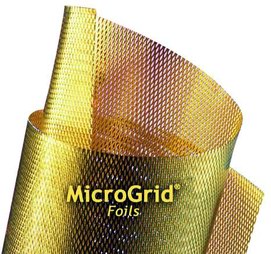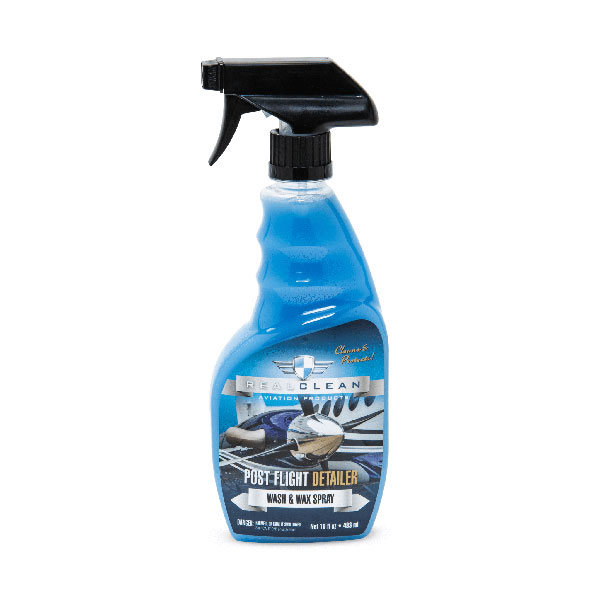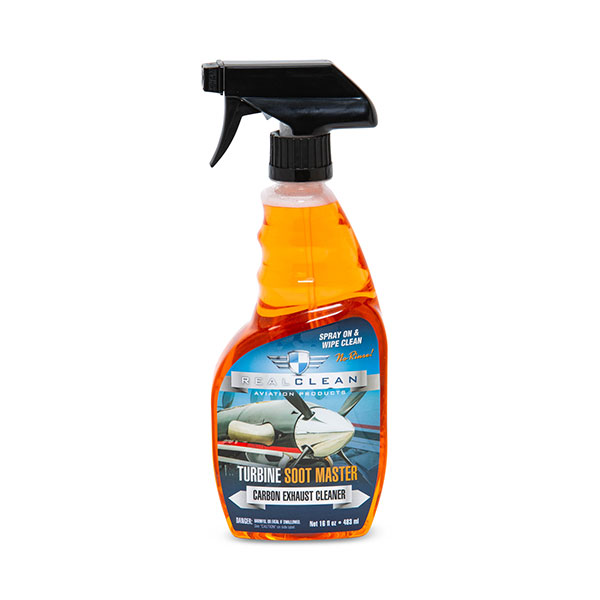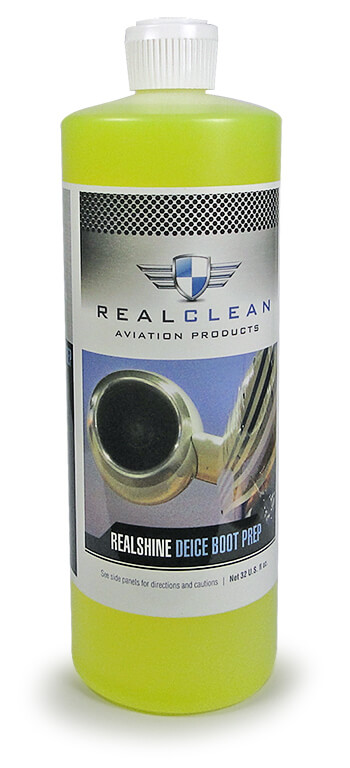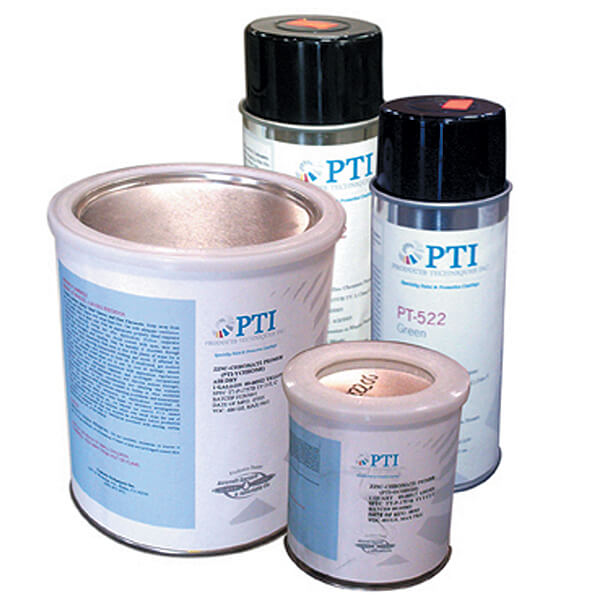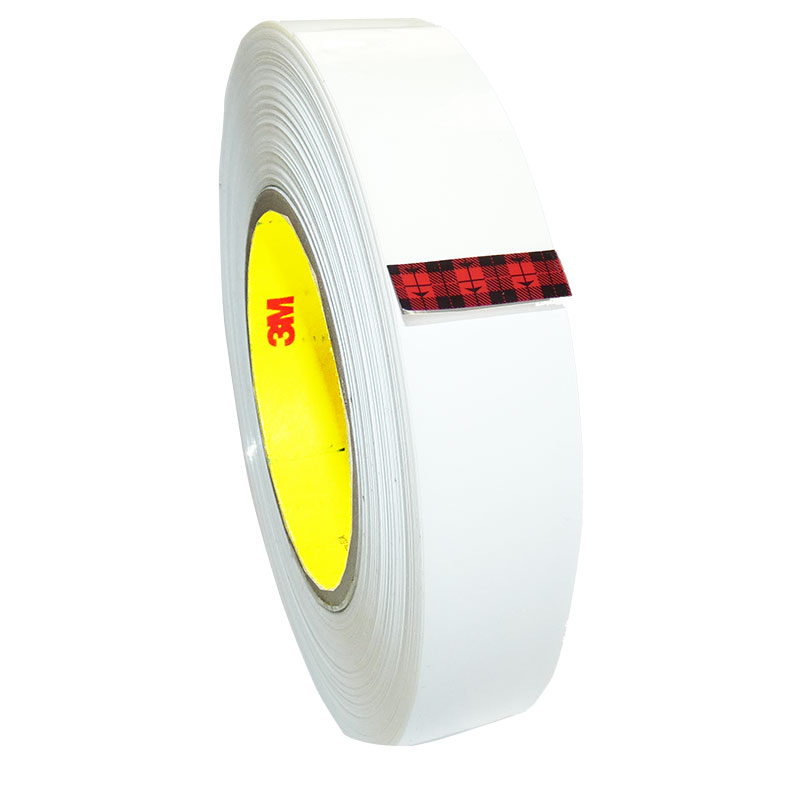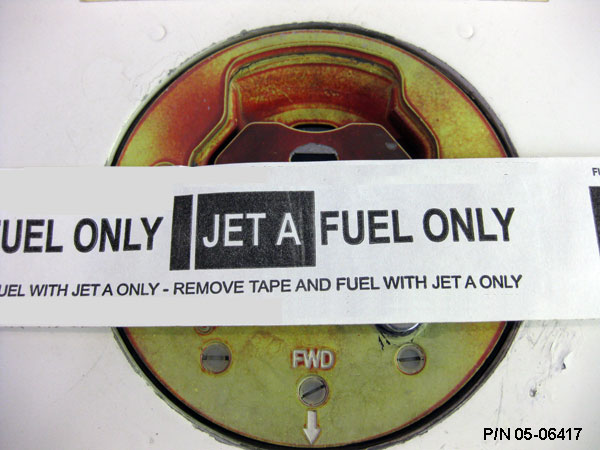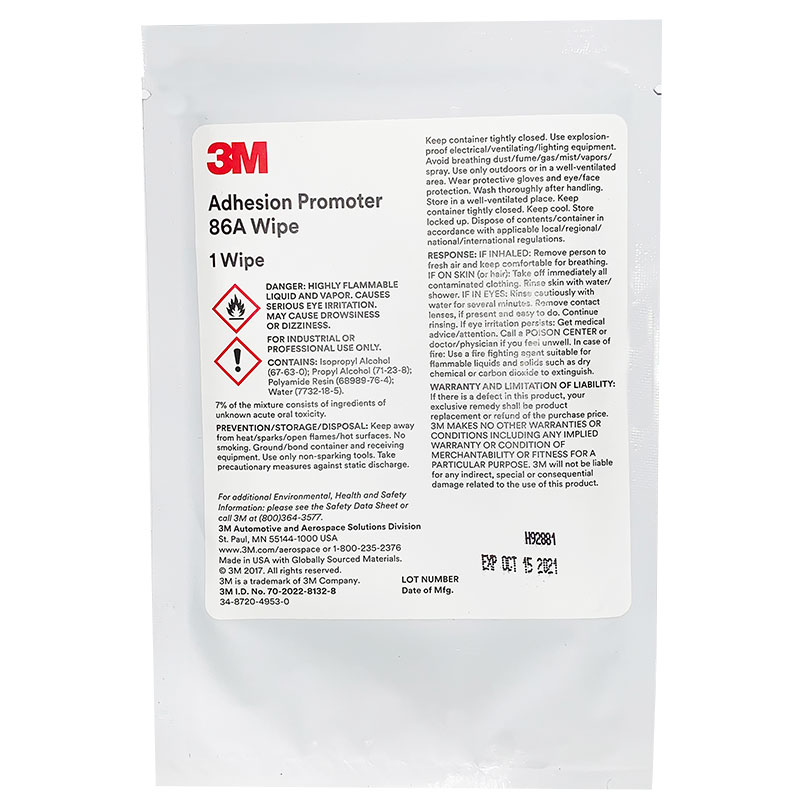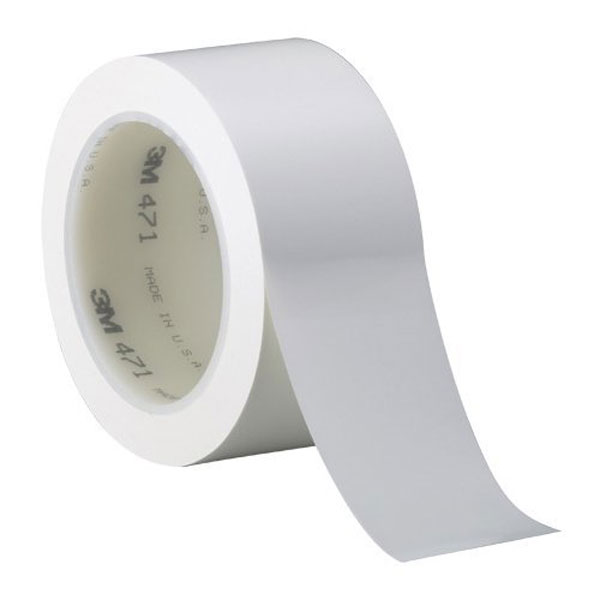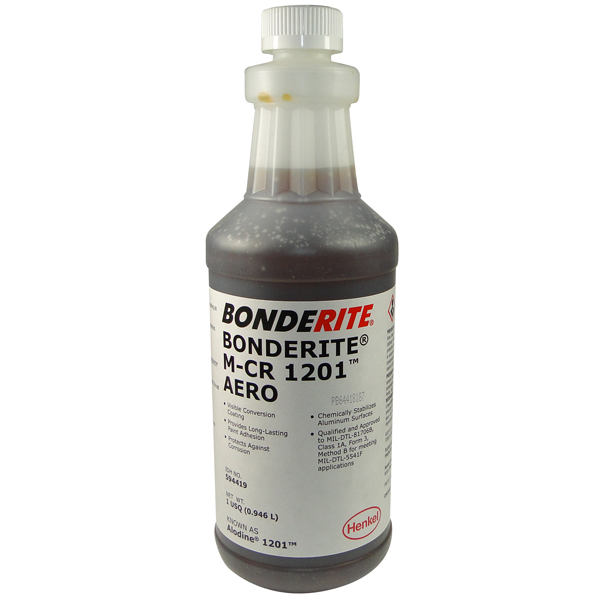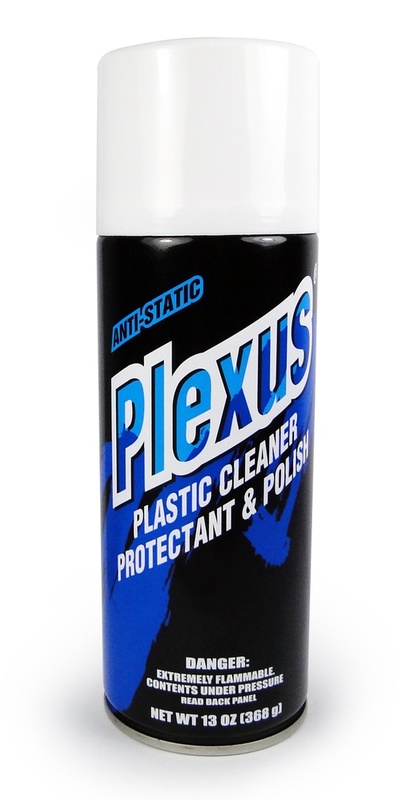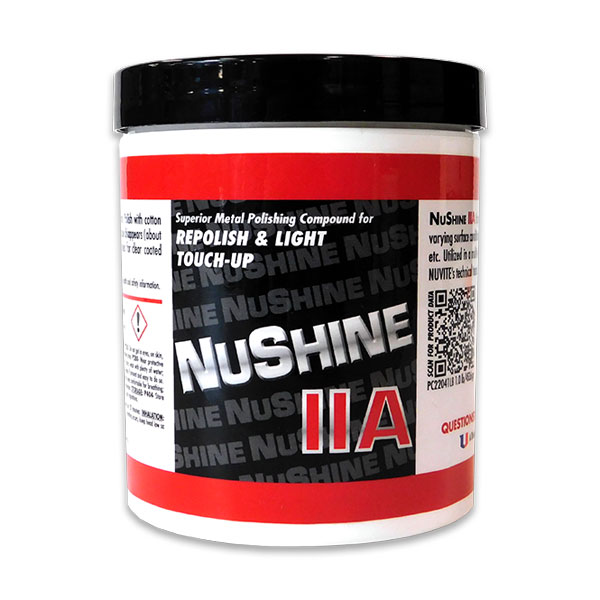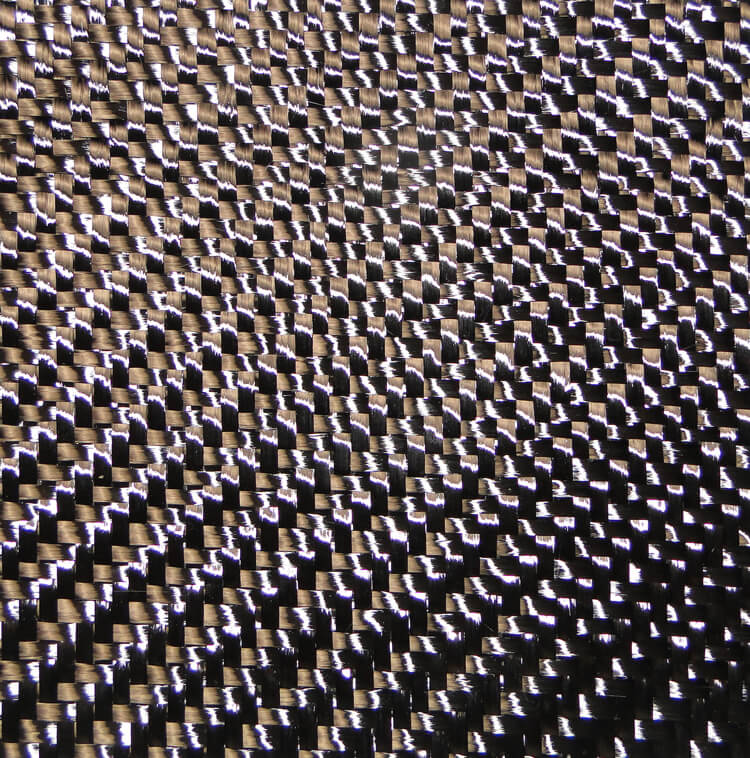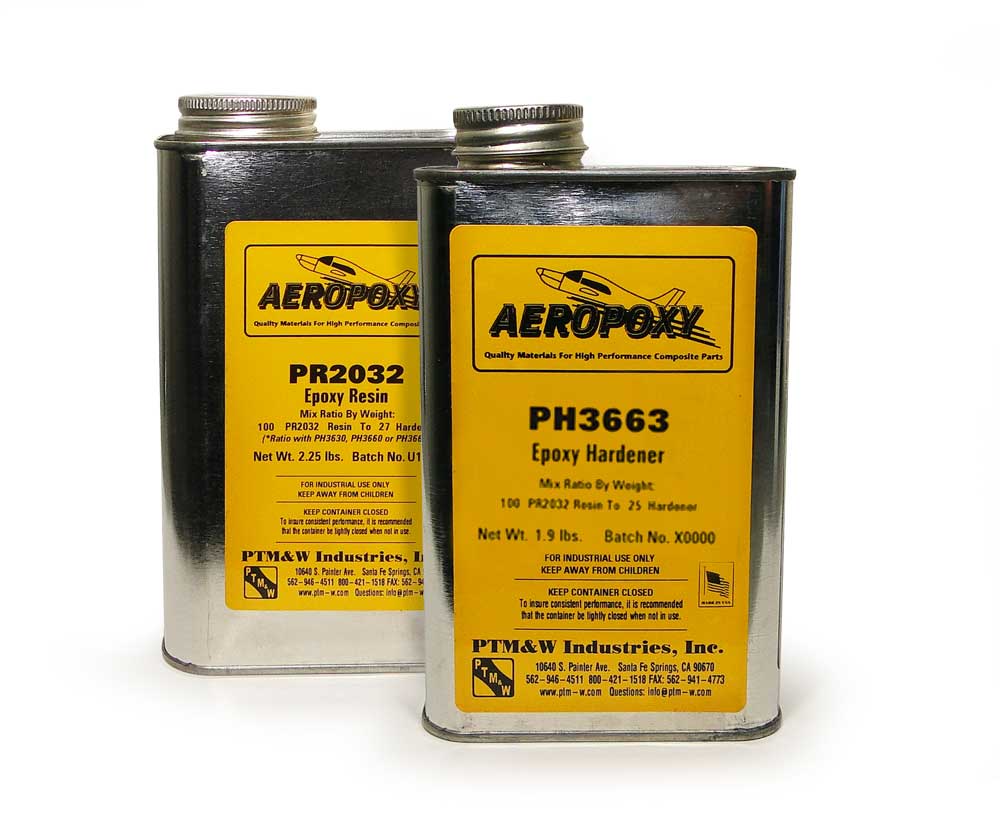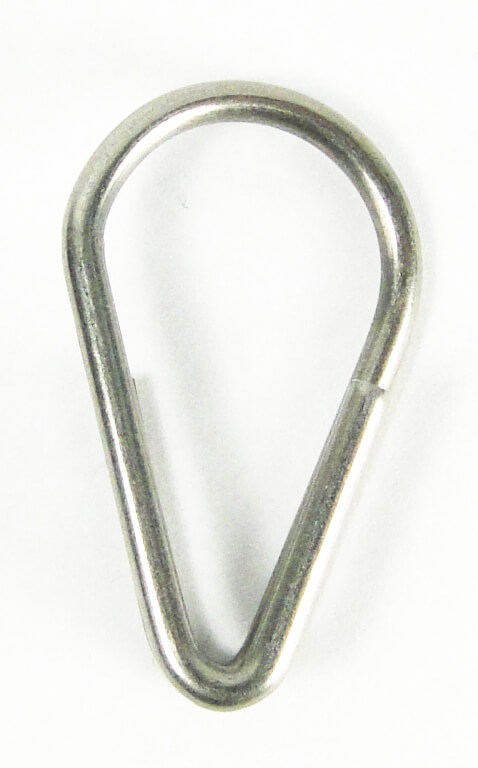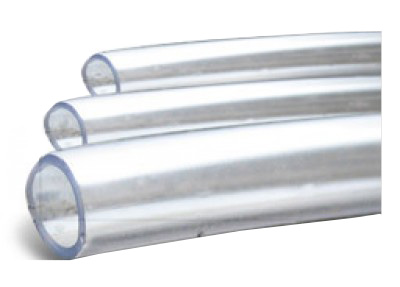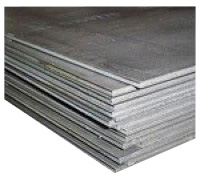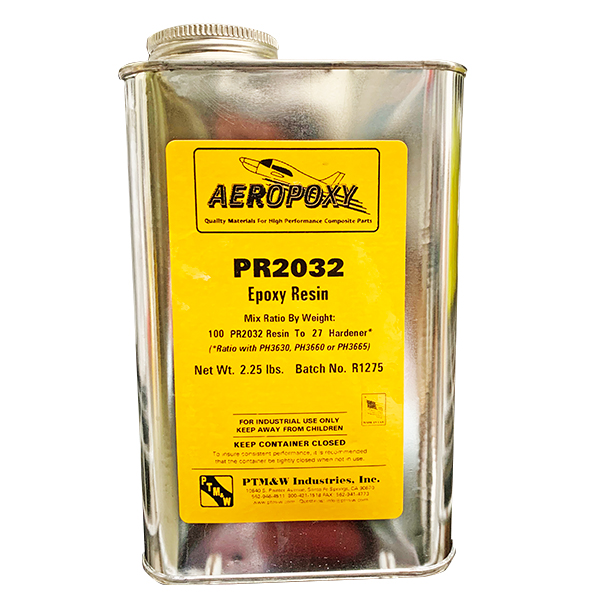Защита от ударов молний
Overview
| Composite materials are poor conductors. Lightning that stops the aircraft is deadly. That?s why aircraft structures are ?zoned? for relative conductivity . . . to ensure that lightning passes through the aircraft and continues to the ground. The best way to accomplish this process, at the least cost is with lightweight, fantastically flexible MicroGrid...the conductive laminate of choice. MicroGrid...the Material of Choice MicroGrid precision expanded strike protection in composite aircraft structures. In fact, MicroGrid is used by Boeing, Embraer, and many other aircraft manufacturers. MicroGrid?s single unit structure is superior because it can?t unravel like woven wire. Nor is costly material removed as in etching or stamping. The appropriate gauge and pattern of material is easily adhered to the composite for 200,000 amps of conductivity. Aircraft are easily repaired after a lightning strike by simply sanding away the surface to apply a patch of new MicroGrid. And fantastically flexible MicroGrid easily conforms to a variety of shapes and contours in both manufacture and repair. It can be bent, shaped and laminated with a variety of materials, including those which expand, contract and flex. Aluminum or Copper MicroGrid? Aluminum MicroGrid is ideal for most composite aircraft structure applications and is nearly half the weight of the copper MicroGrid. Copper MicroGrid is recommended for use with carbon fiber structures. Two layers of MicroGrid are recommended over fuel tank applications |



